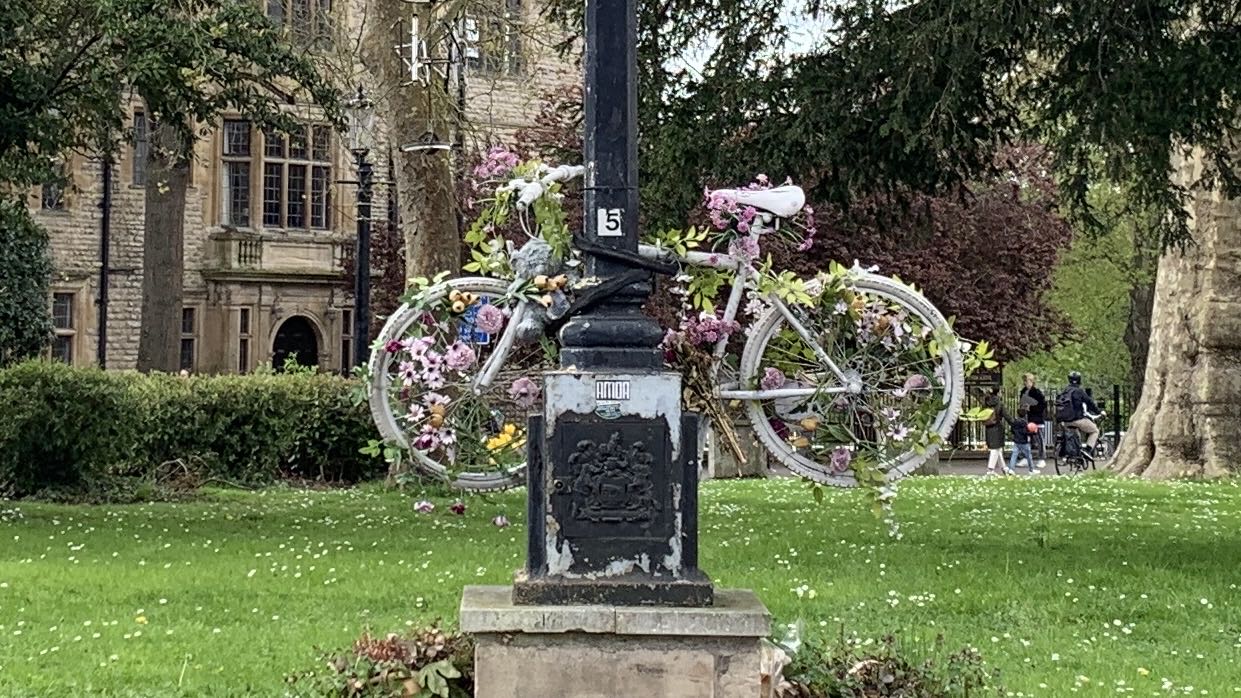Protests, vandalism, theft, arson, and violence for the right to drive. What makes UK people hate traffic calming?
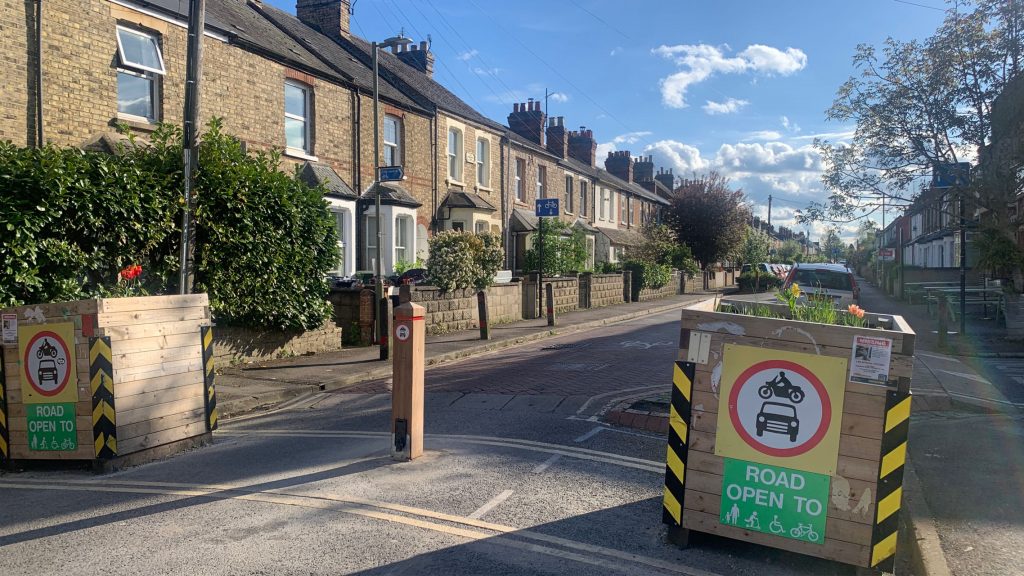
In the middle of Howard Street in East Oxford sits “Britain’s most hated bollard”. It has been subjected to protests, vandalism, theft, arson, and violence. Locals are wondering how long its new costly incarnation (a nice wooden pole with a black lock) will stay in place.
This seemingly innocuous piece of street furniture has become the focus of a wider debate raging in the UK about how the country deals with traffic, pollution and congestion on its streets. It has been featured in TV documentaries and multiple newspaper articles.
It’s not hard to find locals who are angry about this street’s closure. “Basically, our voices haven’t been heard,” said the partner of Noor Halal Convenience Store, a grocery shop near Howard Street. “You know there have been many protests, and many people are against it, but it doesn’t matter. So, they say that you’ve got the right to speak your mind, but it falls on deaf ears.”
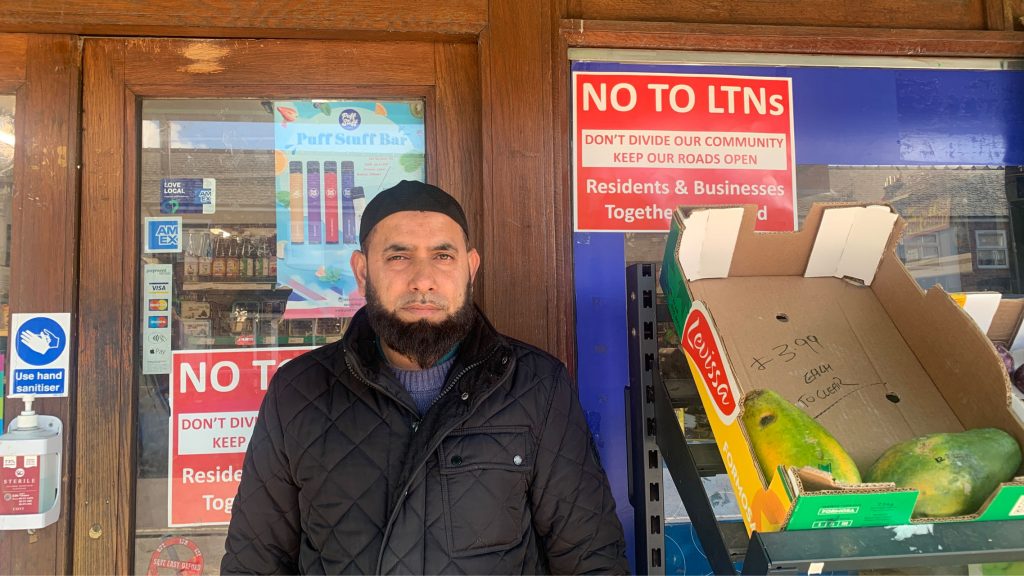
The bollards in question are part of the St Mary’s low-traffic neighbourhood (LTN), a scheme replicated across England. It aims to create quieter and safer streets for residents by stopping motor vehicles from taking shortcuts using posts, planters, and other measures.
LTNs have sparked intense debates across the country. with critics claiming that they redirect car traffic to busier main roads, impede emergency response times, and adversely affect nearby businesses.
However, in east Oxford, the contentiousness surrounding LTNs has drawn the focus of media to an otherwise unremarkable neighbourhood. Supporters of the LTN’s initiatives are now actively opposing persistent endeavours to eliminate, damage, or undermine the bollards and planters.
British police have reported making five arrests following a large protest in Oxford, where thousands of people gathered to express their opposition to road closures for motorists. The demonstrators gathered in Broad Street to voice their concerns against Low Traffic Neighbourhoods (LTNs). These LTNs have sparked significant controversy since their introduction in Oxfordshire.
LTNs are one of the approaches to build a 15-minute city. The concept of the 15-minute city proposes that all the essential aspects of daily life, such as employment, food, healthcare, education, cultural activities, and recreational options, should be conveniently accessible within a 15-minute walking or cycling distance from one’s place of residence.
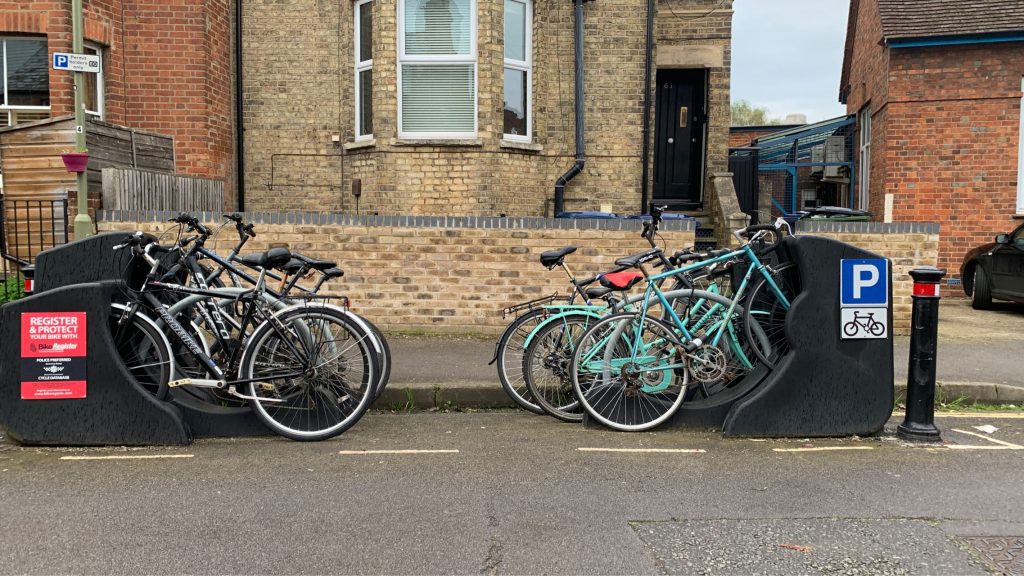
In Oxford’s “15 Minute neighbourhoods background paper”, the County Council acknowledged the need to address the following aspects in the plan: residents’ feedback on concerns regarding congestion, pollution, and the implementation of Local Traffic Neighbourhoods (LTNs).
This seemingly harmless urban planning concept is causing significant upheaval in Oxford, England, prompting large-scale protests as residents believe it threatens their personal freedoms and restricts their mobility within their own neighbourhoods.
“15-minute cities will cost us our freedoms,” said Nick Fletcher, a Conservative MP for Don Valley (a constituency in South Yorkshire in England). He labelled the 15-minute city plan a “socialist concept.”
However, Nick Fletcher himself is regarded as one of the conspiracy theorists. “It is not the first time that an online conspiracy theory has made it into the Commons chamber, but it may be one of the most surreal,” The Guardian commented.
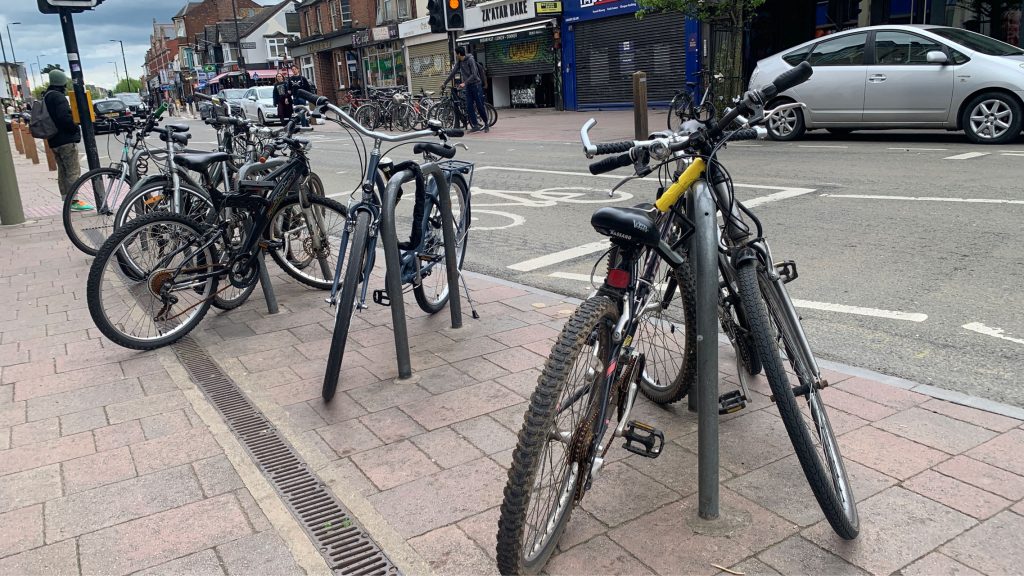
Many scholars advocate for 15-minute cities to combat environmental degradation. “Now, people might get crossed because they’re saying we are taking away our freedom to choose how we access things. I think ultimately, we do need to make those decisions. Otherwise, our planet is gonna burn. I’d rather have 15-minute cities than a wasteland for a planet,” said Dr Justin Spinney, an expert in transport and sustainability.
The freedom to drive is not the only reason people in East Oxford getting angry. Chris Davis, a resident of East Oxford said: “It feels like a very top-down decision and it feels like we’re guinea pigs. We’re in a part of Oxford, where poor people might live. We’re not in North Oxford where the rich people live. They wouldn’t dream of implementing a scheme like this in North Oxford, because they know that the lobby, the people opposed to it have got very strong voices in a very influential.”

Some residents in the area affected by the low-traffic neighborhood (LTN) scheme have clarified their stance, emphasizing that they are not opposed to the concept in principle. Recognizing the urgent need to transition away from a car-centric economy due to the environmental impact of carbon emissions, they acknowledge the importance of implementing changes
However, their main contention lies in the lack of local community support and involvement in the decision-making process. They emphasize the necessity for residents to have a voice in how the changes are introduced and implemented. This sentiment reflects the belief that successful implementation of LTNs requires a collaborative approach, ensuring that the concerns and preferences of local people are taken into account.
“Unfortunately, because it’s been introduced without democratic legitimacy, the people who are for and against both believe that they’re in the rights and there’s no room for compromise, and that leads to confrontation,” said Chris.
Besides the lack of faith in British democracy. Many people are also afraid of Communism in the East. As a communist himself, Chris said: “I heard all sorts of silly conspiracy theories. Particularly there’s a lot of hostilities to China in the media at the moment in America’s kind of development of a cold war against China. A lot of conspiracies to try and link this.
“They say that this is kind of what’s happening in China, and that which they’re trying to implement it here. And they always kind of suggest that there’s a kind of international conspiracy trying to control our lives.”
The Guardian wrote that the conspiracy theorists are causing concerns regarding the liberty of the rush-hour commute, the sanctity of the out-of-town shopping center, and the righteousness of the suburban food desert.
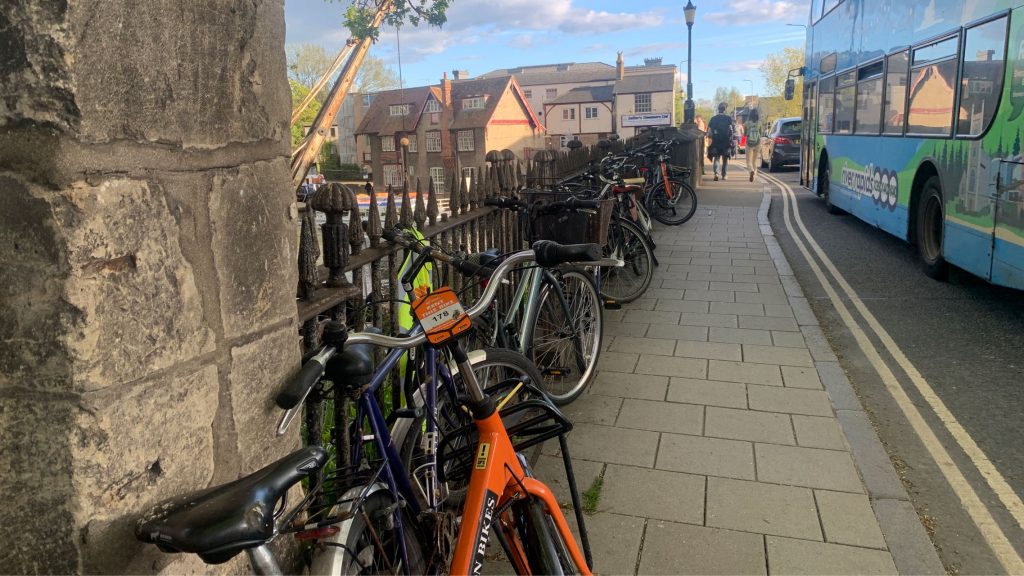
“So we need to be careful to separate out people’s legitimate concerns about problematic issues and the far-right conspiracy theorists who just jump on the bandwagon,” said Chris.
This viewpoint was echoed by Dr. Justin Spinney, who emphasized the need to approach critics on an individual basis rather than labeling everyone who dislikes the concept as a conspiracy theorist. “We need to treat the critics individually as they come. We don’t want to just lump them all in and say everyone who dislikes the concept is a conspiracy theorist because that’s really not very helpful,” said Dr. Justin Spinney.
He also highlights the challenges in implementing the 15-minute city concept due to the low cost of driving and the resistance to change. “One of the reasons I think the 15-minute city concept isn’t appealing is because driving longer distances is artificially cheap. People say, ‘Why shouldn’t I do this? It’s still the cheaper and better alternative.’
“We have a real problem in that we’ve created a norm over the last 100 years, gradually to the point where we’ve made motoring artificially cheap, and people trying to change that becomes problematic.”
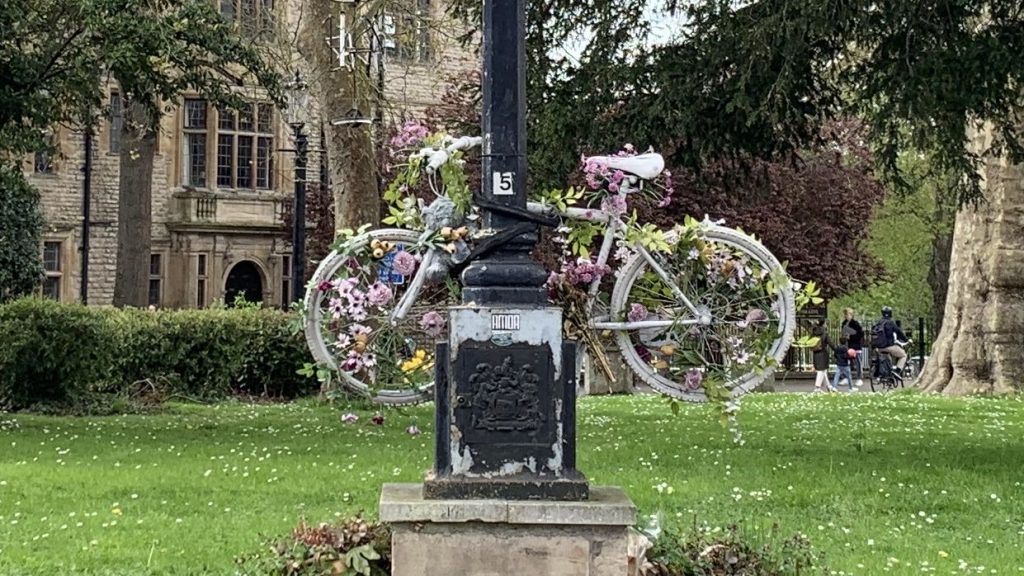
The availability of infrequent and costly bus services discourages people from using them, according to Chris. Additionally, the high traffic volume on busy roads makes it dangerous for individuals to opt for bicycles instead of cars. To address these issues, it would be beneficial to improve road safety and increase the availability of public transportation as an alternative to using cars.
Developing comprehensive strategies to reduce car travel and promote sustainable transportation options is emphasized by Dr. Justin Spinney as well. This is crucial in addressing the challenges faced by urban communities. It requires collaboration between local governments, urban planners, and residents to achieve a more sustainable and equitable transportation system.
